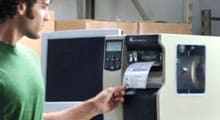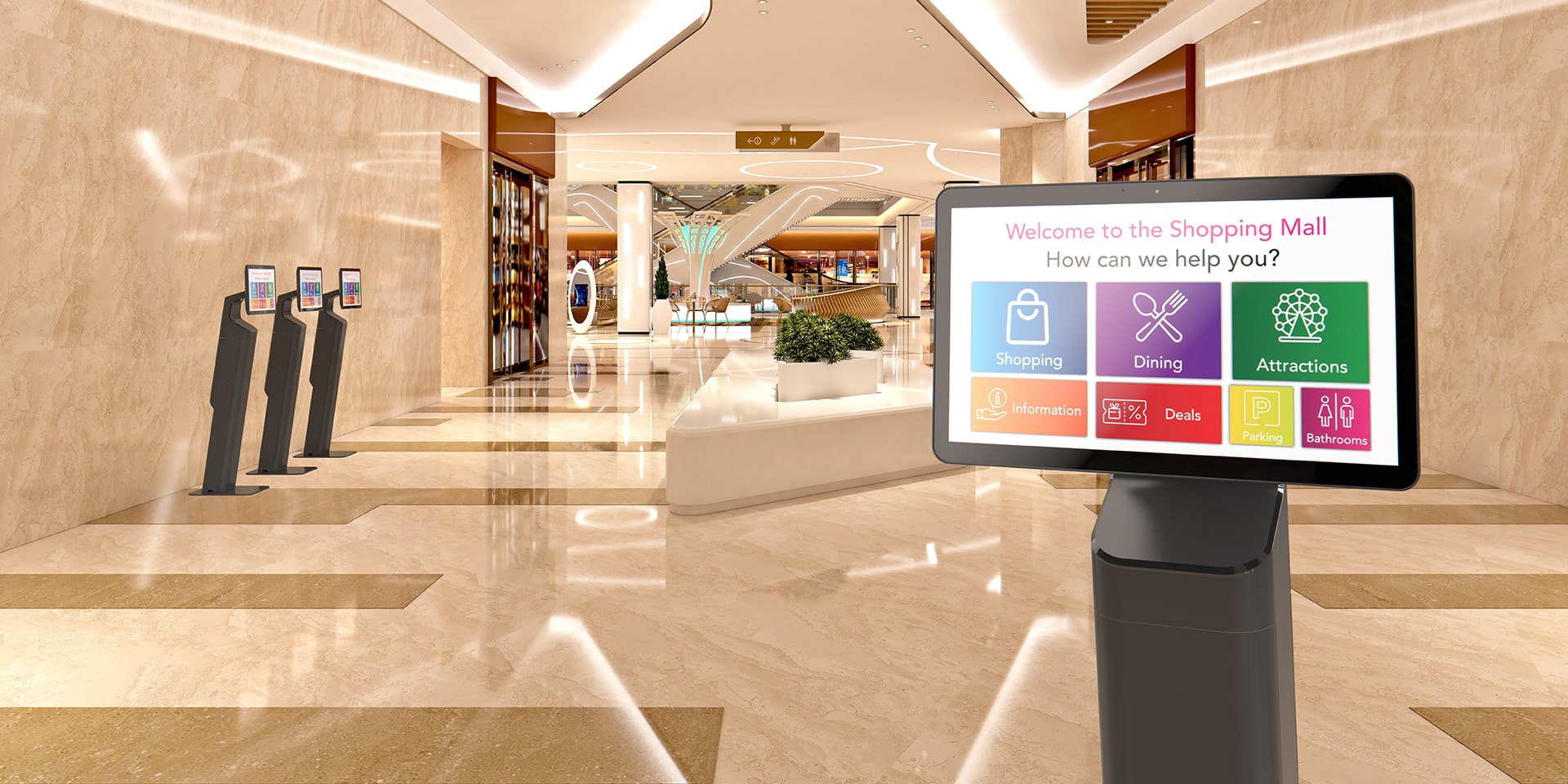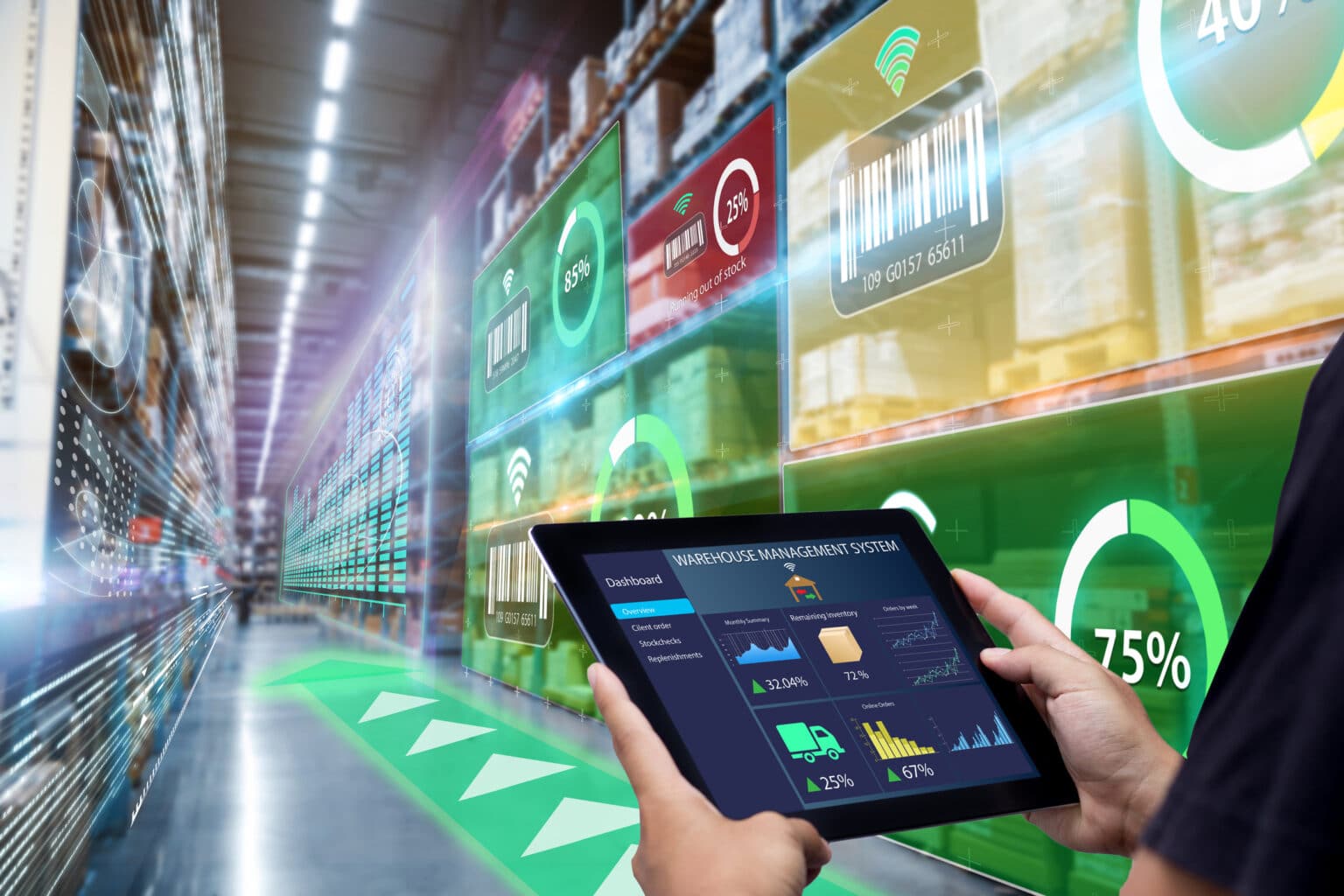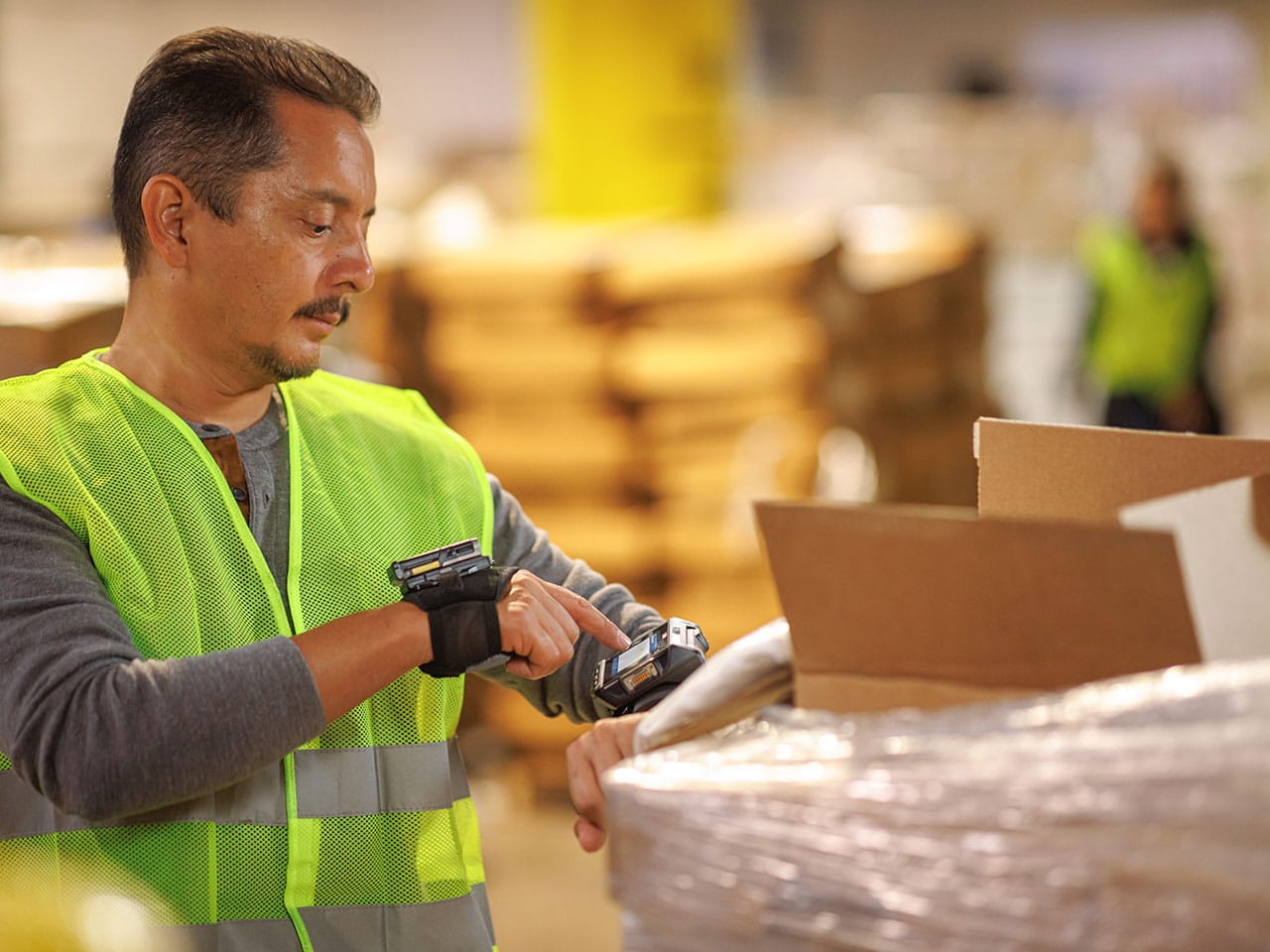The modern warehouse environment looks a lot different from the typical setups just a few short decades ago. These days, top warehouses and distribution centers are home to robotic solutions that would have once seemed limited to the world of science fiction. Warehouse-based equipment and devices are often capable of handling tasks including picking, packing, and even trash removal, largely on their own — or alongside human employees, who no longer need to deal with the physical or mental strain of repetitive and highly demanding warehouse tasks.
These developments should be cause for excitement, but skeptics worry about the cost and hassle of implementation. Such concerns are perfectly natural, of course — but used correctly, warehouse robotics can impart a variety of advantages that more than make up for the occasional implementation confusion. To clarify their value in the modern supply chain and warehouse facility, we have highlighted several types of robotics strategies, along with the benefits they provide and the advancements they’ll likely undergo in the near future.
What Is Warehouse Robotics?
The term ‘warehouse robotics’ refers to any device or system that can improve warehouse functions without requiring significant oversight from humans. These automated solutions can move about warehouses on their own while transporting items and performing (or assisting with) a variety of tasks that would otherwise be handled by human employees.
Types of Warehouse Robotics Technologies
Warehouse robotics technologies have come a long way these past few years. Currently, many different types of equipment and devices can be used to improve efficiency and accuracy within warehousing facilities of all types. The following are among the most common:
- Automated Guided Vehicles (AGVs). Guided by a blend of sensors and software, AGVs navigate predefined pathways throughout warehouses and other facilities. These portable, load-bearing robots can take many forms, including simple automated carts, forklifts, vehicles that transport heavier loads (such as pallets or bins), and even bigger AGVs with non-motorized trailers. Many AGVs bypass common restrictions associated with traditional conveyor systems and are also highly flexible, safe, and easy to track.
- Autonomous Mobile Robots (AMRs). Capable of moving independently and navigating complex facility layouts, AMRs can operate independently of tracks, magnetic strips, or even specific aisles. They can handle a variety of simple tasks, freeing up their human employees for other essentials. Other advantages? They occupy far less space than AGVs and are incredibly versatile. AMRs play an increasingly important role in eCommerce, manufacturing, logistics, and even retail and hospitality.
- Automated Storage and Retrieval Systems (ASRS). Critical for high-density inventory management, ASRS are carefully designed and implemented with the purpose of placing and retrieving items from specific spaces. Fully automated and typically custom-built, these may incorporate a variety of mechanisms to enhance productivity and flexibility. Many ASRS setups feature shuttles, cranes, carousels, and even AGVs or AMRs. They are typically integrated with warehouse management systems (WMS). In recent years, these automated pickers have streamlined the fulfillment process and given the supply chain a much-needed boost in efficiency.
- Robotic arms and manipulators. Increasingly relied on for palletizing, picking, and packing, robotic arms can be articulated to achieve impressive flexibility and mobility in a variety of settings and situations. As their name implies, these programmable devices mimic the movement of the human arm, but in the context of the warehouse environment. Depending on their purpose, their ‘hands’ may incorporate suction cups, claws, or other mechanisms.
Benefits of Warehouse Robotics
Automation through use of robotics has been incorporated into a growing array of fulfillment centers, and for good reason: it works! These systems can be designed to complete a variety of tasks while bypassing common downsides associated with traditional human workers and the standard order fulfillment process. What’s more, warehouse robots are increasingly scalable and cost-effective, so businesses of all sizes can make the most of them.
Not sure if these are right for your facility? Take a close look at commonly cited reasons why enterprises adopt warehouse robotic systems:
- Efficiency enhancements. Arguably the main reason robotics are implemented in today’s warehouses? These solutions are, simply put, more efficient, even as compared to notoriously productivity-enhancing conveyor systems. Implemented correctly, warehouse robotics can dramatically streamline workflow in a variety of areas, helping to prevent many types of bottlenecks while also enabling human employees to be more productive in an average shift.
- Continuous operation. Robotics’ incredible efficiency is prompted, in part, by their ability to run 24/7. They don’t need to take breaks and, as long as they are properly maintained, they can continue to perform tasks at all hours of the day. This delivers a much-needed level of reliability; business leaders can enjoy greater peace of mind, knowing that, should demand skyrocket, a scalable solution will be available to help meet customer needs.
- Labor cost reduction. With the aforementioned enhancements in efficiency come significant reductions in labor costs. This is especially important in light of today’s frequent labor shortages, which can place enterprises in a precarious position when demand fluctuates. While the act of automating the warehouse could necessitate a significant upfront demand, the long-term savings could prove significant.
- Minimized human error. Repetitive tasks have a way of producing high error rates, and, when human employees are involved, it’s easy to see why: following hours of repeating the same, potentially exhausting tasks, the human brain and body will naturally be tapped out — and, as a result, prone to mistakes. Robotic systems, however, can continue to complete important tasks without suffering physical or mental fatigue. Working together with humans, they can handle the most rote, error-prone tasks so that employees have more time to focus on creative or mentally stimulating matters.
- Reduced risk of injury. Repetitive motions can cause a lot of strain and, when heavy loads are involved, may also prompt acute injuries. Robotic technologies minimize these issues by limiting the extent to which warehouse workers need to partake in the most repetitive and physically damaging motions. These devices can handle surprisingly significant loads, so heavy lifting and associated fatigue need no longer be part of a typical day’s work.
Implementing Robotics in Warehouse Operations
Robotic technologies can deliver many swift improvements to the modern warehouse environment, but not all devices or setups are ideal in every facility. ASRS, for example, has traditionally been limited to larger, higher-volume operations, as the scope and cost of these systems are often too significant to render them practical for smaller enterprises.
That being said, many types of robotic systems are quickly becoming more affordable and more practical to implement in a wide range of situations. With mobile robotic solutions, it’s both possible and realistic to deploy at scale and for a reasonable cost. Already, fixed systems are nowhere as necessary as they used to be — and this trend is set to continue for the foreseeable future. Businesses no longer need to overhaul their entire systems to adopt robotics, but rather can implement on a task-by-task basis.
It’s important to carefully assess current needs based on the size and layout of the facility, not to mention the types of items and numbers of SKUs handled there. Implementation should begin with a thorough overview of current concerns, followed by practical recommendations for using robotics solutions to overcome these issues.
Future Trends and Advancements
Warehouse robotics are evolving at a breakneck pace — and all signs point to impressive advancements in the next few years. Moving forward, these systems will become (as we’ve predicted above) more affordable and easier to implement at scale in facilities of all sizes. With these robotics will come a gradual shift away from conveyor systems, which, while still valuable in many situations, are generally not as flexible as AMRs, AGVs, and other emerging solutions. As enterprises shift towards more scalable solutions that meet evolving demands, we will see a blend of traditional systems and cutting-edge robotics.
The other big shift — beyond the simple adoption of robotics — will involve a greater reliance on data-backed strategies. The AMRs of the future will generate a high volume of data, which can be used to optimize a variety of warehouse processes. What’s more, artificial intelligence will allow for seamless navigation throughout the warehouse, making it more realistic to deploy AMRs in even the most dynamic facilities. Meanwhile, warehouse efficiency will take another huge step up as AI solutions help everything from AGVs to robotic arms ‘recognize’ the items they are intended to pick.
Moving Forward with Warehouse Robotics
As we enter a warehouse robotics renaissance, it is more important than ever to incorporate high-level solutions to achieve a competitive edge. No single robotics system is ideal in every scenario, however. Knowing when and how to implement these is half the battle, especially as advancements arrive at lightning speed.
This is where the team at Peak Technologies can come into play. We boast an in-depth understanding of today’s most revolutionary robotics systems and can work with you to ensure that these are implemented seamlessly into your warehouse setup. Contact us today to learn more about the role that robotics can play in your facility — and to get started with planning your facility of the future.




































